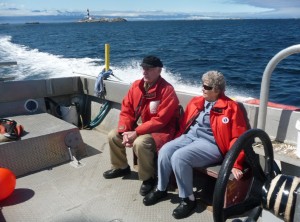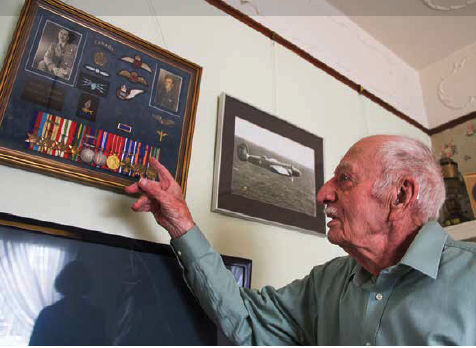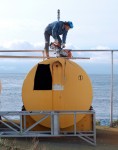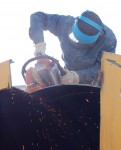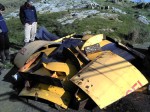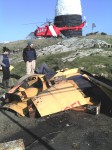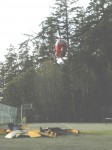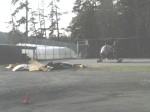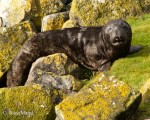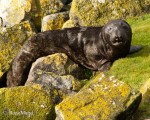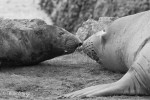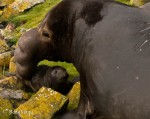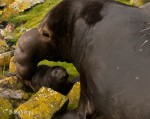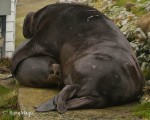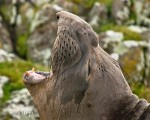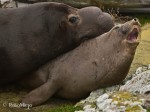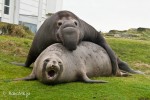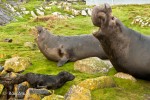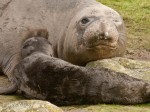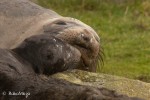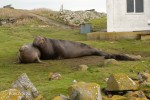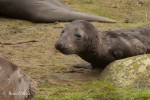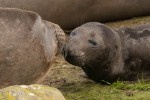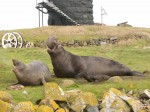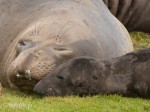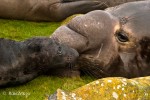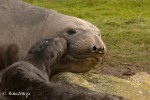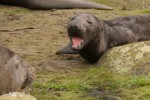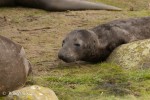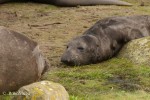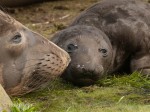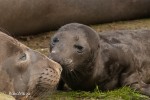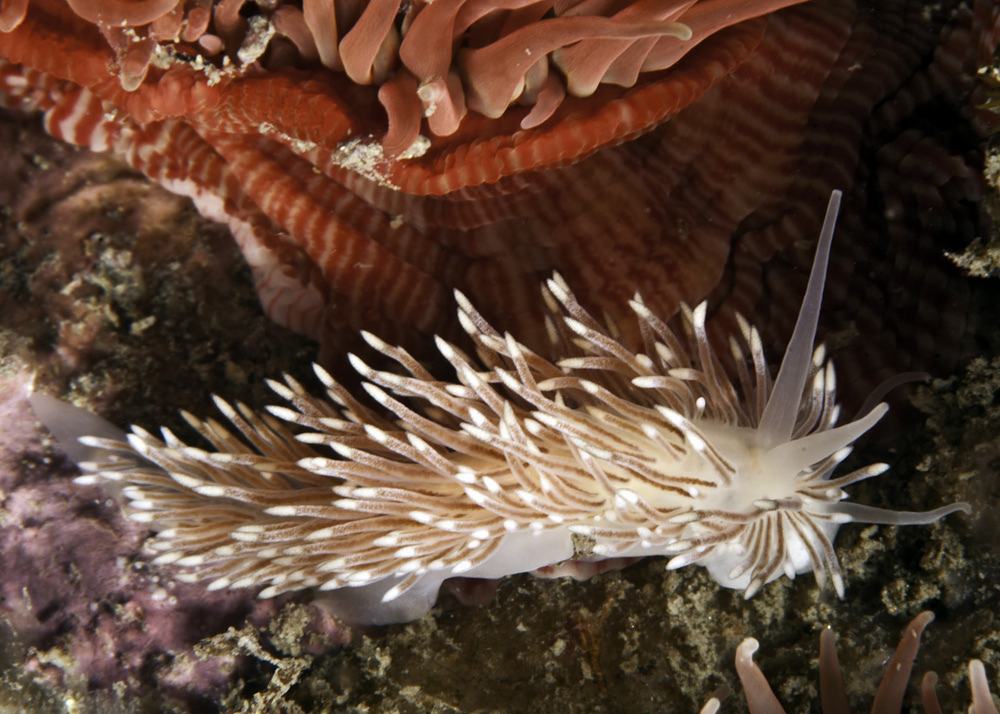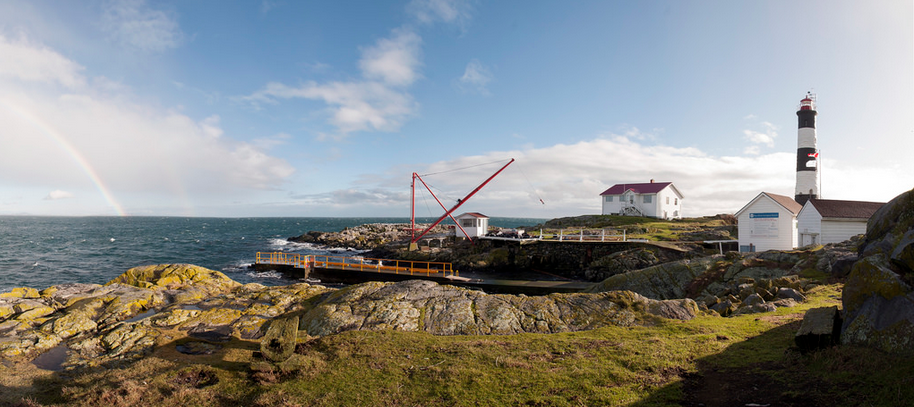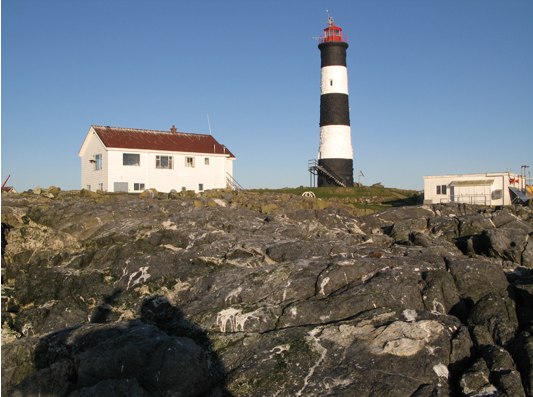
Murray Sager photo. Murray Sager is the relief caretaker of the Race Rocks lighthouse facilities. House, tower and generator building.
This column appeared originally in the Times Colonist
at: http://www.timescolonist.com/travel/Race+Rocks+advisers+push+protection/5275593/story.html
RACE ROCKS ADVISERS PUSH FOR PROTECTION: The Victoria Times Colonist August 18, 2011
After more than a decade of talks, the water around Race Rocks remains without federal protection. Now a push has begun to persuade Fisheries and Oceans to step back and allow Parks Canada to manage the Salish Sea from Race Rocks to Gabriola Passage.
The Race Rocks Advisory Board, a reincarnation of a board which sat between 1999 and 2002, was disbanded in March (2011) and some members have little faith that DFO can push an agreement to create and fund a marine protected area.
Angus Matthews, executive director of Shaw Ocean Discovery Centre in Sidney, who sat on both advisory boards, is fed up with fragmented jurisdictions and the lack of progress. He fears that, if agreement is reached, the proposal could derail when it reaches Ottawa, as happened in 2000.
“Most people are shocked that Race Rocks is not protected,” said Matthews, who is about to look for support from the Discovery Centre’s 17,000 members. “The public expects more from government and the ocean needs more. Race Rocks is the porch-light of the Salish Sea.”
Concerns include negotiations with First Nations, which, unlike the first round, are in secret, and questions about what benefits DFO is willing to bring to the table.
Dan Kukat, president of the Pacific Whale Watch Association, who has sat on both boards, said DFO is doing nothing to better protect Race Rocks. “It will only create more confusion and paperwork and red tape, and it could be detrimental to the area,” he said. “The Canadian taxpayer has paid $273,000 for consultations that have produced very little.”
The hodge-podge of protection now in place for the rocky islets and lighthouse, one nautical mile off the southern tip of Vancouver Island, includes a provincial ecological reserve designation, which covers the land, ***federal ownership of the lighthouse building,*** some fishing closures and a resident eco-guardian paid for by Lester B. Pearson United World College of the Pacific.
It is vital to have a physical presence on the rock, but DFO is not offering to pay for the eco-guardian, said Matthews. He added that DFO seems unwilling to take on other federal department issues, such as Department of National Defense explosions and dumping of ballast water by freighters.
Glen Rasmussen, DFO oceans co-ordinator, said consultations with First Nations have not finished and, once completed, regulations have to be developed. “We are still targeting to have those published and in place by the end of March,” he said. “But we still have some hurdles to go and I’m not saying it’s a done deal at all.”
The advisory group was disbanded because consultations were complete, but a public advisory board will be re-established once the marine protected area becomes a reality, he said.
So far, on the Pacific coast, Endeavour Hydrothermal Vents and Bowie Seamount are designated marine protected areas and Parks Canada, in partnership with the Haida Nation, has designated water around Gwaii Haanas as a national marine conservation area.
Hecate Strait sponge reefs are going through the process to make them marine protected areas and Parks Canada is working on the southern Strait of Georgia as a national marine conservation area. Parks Canada would be interested in expanding to Race Rocks but, for the moment, such a move is probably not practical, said Richard Carson, Parks Canada’s national marine conservation area director.
“The notion of going bigger is appealing and it’s sorely tempting to dream that dream, but we need to be realistic about what we can achieve. “We have to be realistic about how big a bite we can chew,” Carson said.
Once the southern Strait of Georgia national marine conservation area is established, it is possible that expansion around the southern tip of the Island would be considered, Carson said.
Both marine protected areas and national marine conservation areas have the same objectives of marine protection while allowing multiple uses, but have different management styles.
jlavoie@timescolonist.com
© Copyright (c) The Victoria Times Colonist
*** There is some misunderstanding in regards this statement above , since the island and its contents are more likely provincially owned since the Colonial Government transferred ownership to the province when BC entered confederation. Further clarification on this issue is being sought;
Also see DFO announcement on selling off its lighthouses:
GF 2011.
 The Race Rocks taxonomy is a collaborative venture originally started with the Biology and Environmental Systems students of Lester Pearson College UWC. It now also has contributions added by Faculty, Staff, Volunteers and Observers on the remote control webcams.
The Race Rocks taxonomy is a collaborative venture originally started with the Biology and Environmental Systems students of Lester Pearson College UWC. It now also has contributions added by Faculty, Staff, Volunteers and Observers on the remote control webcams. 

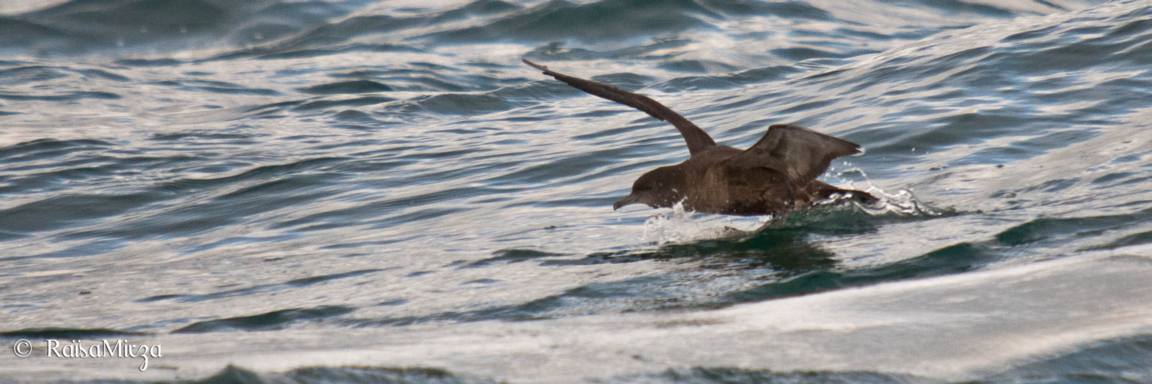
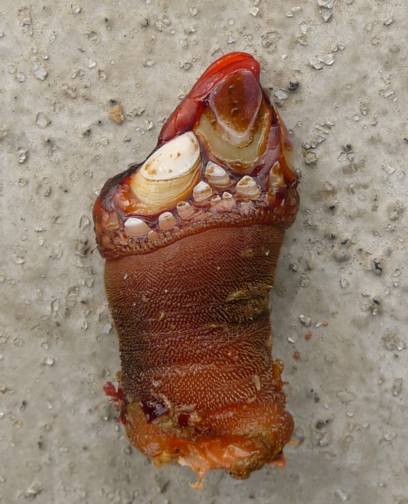

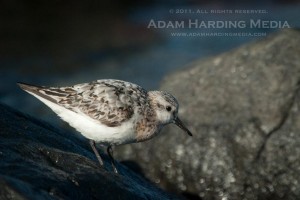
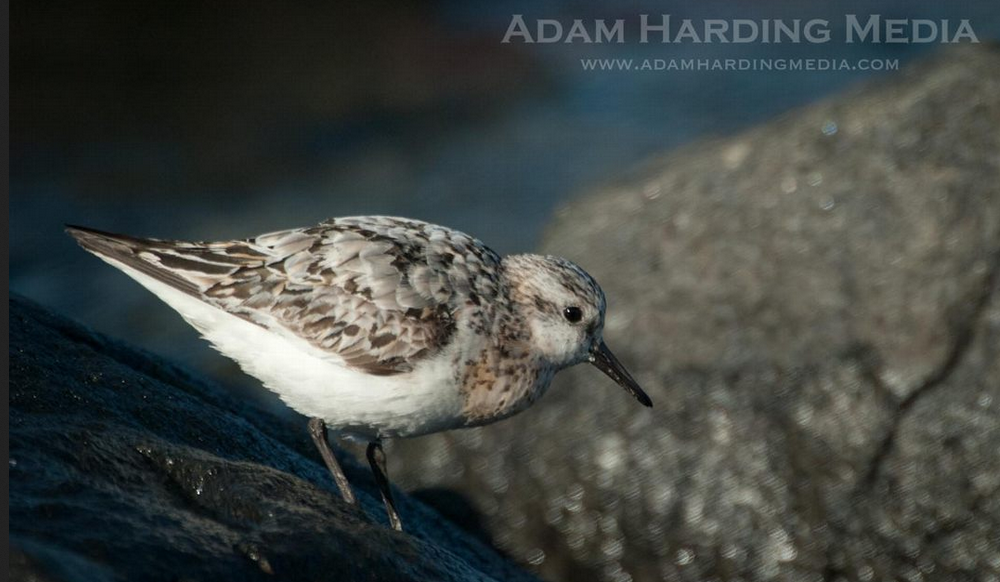
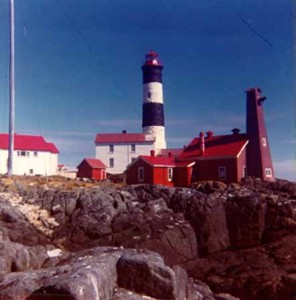
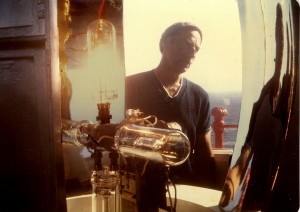


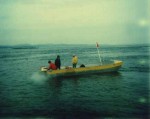

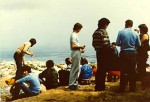
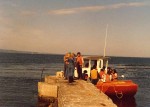
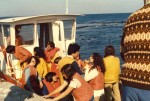

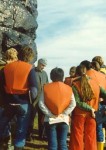

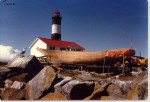


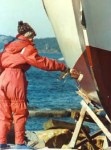

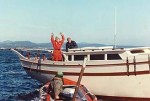
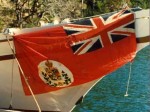
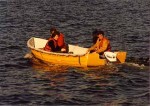


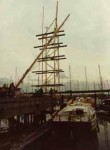

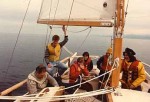
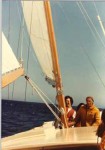
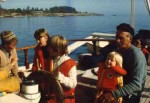
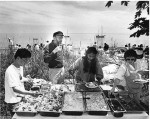
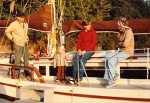
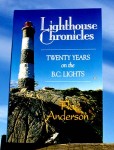
 Link for this profile of Flo Anderson:
Link for this profile of Flo Anderson: 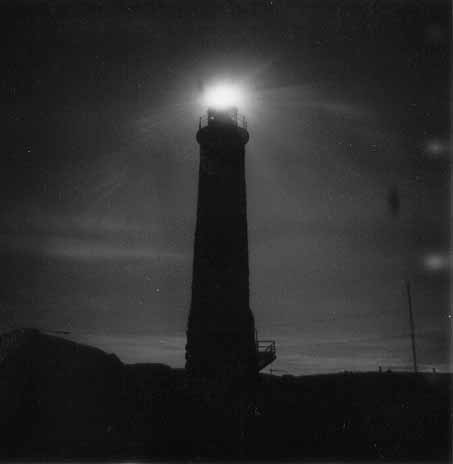
 Trev and Flo return to Race Rocks for a visit and an
Trev and Flo return to Race Rocks for a visit and an